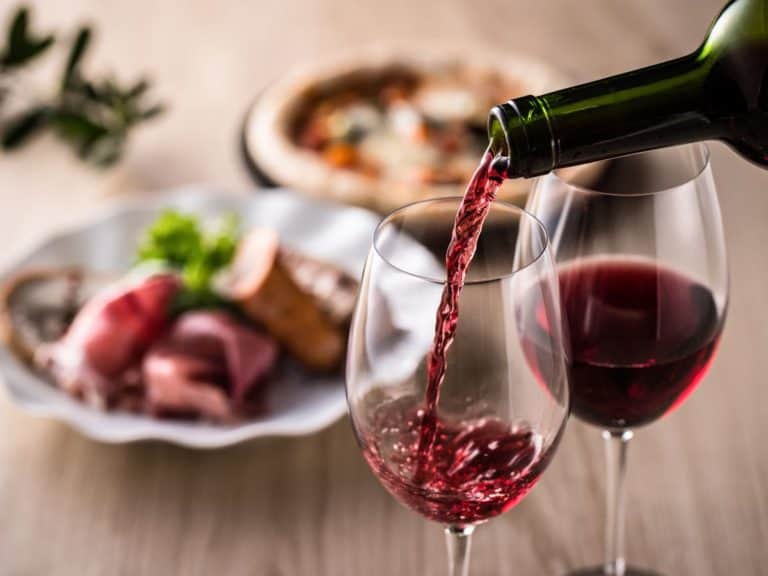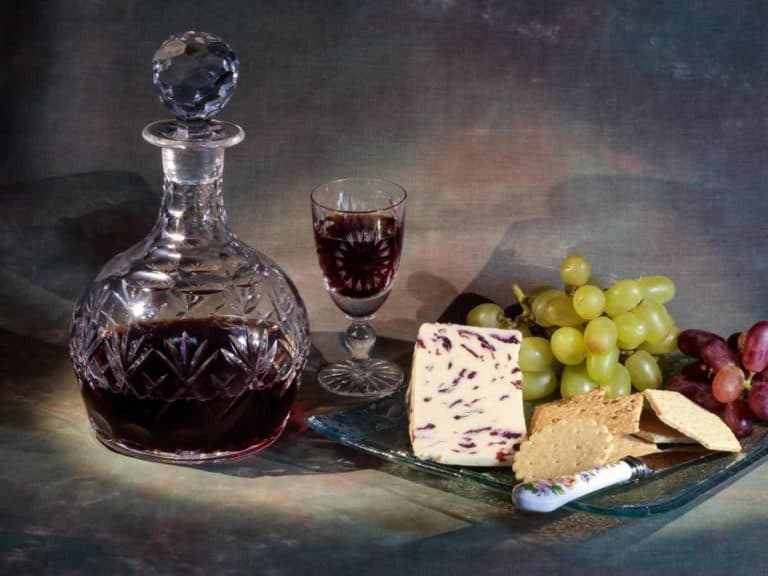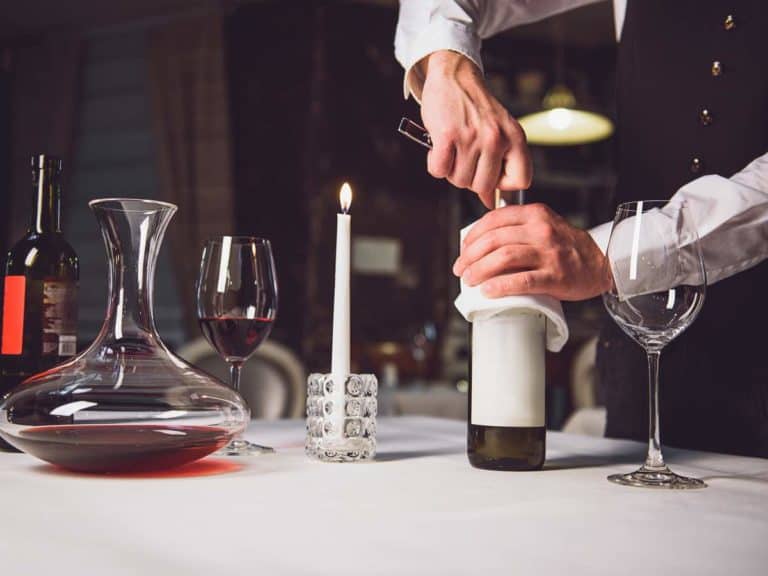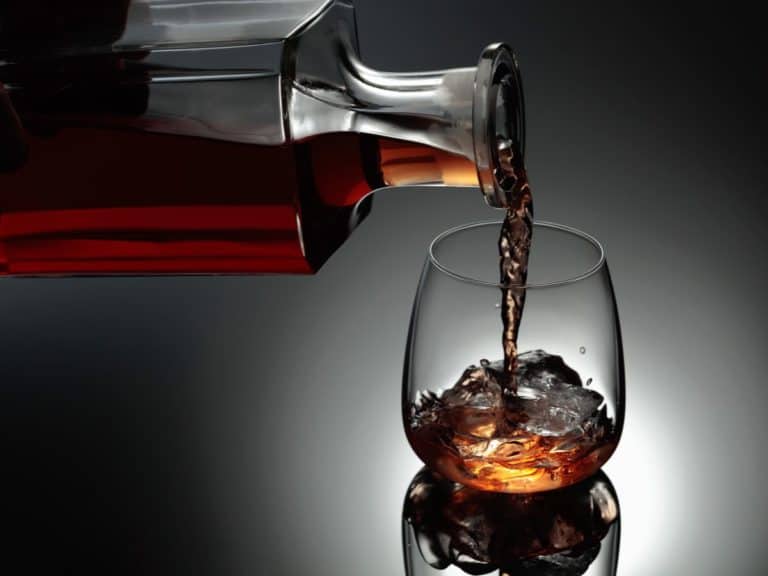Cooking with Rose Wine: Practical Guide
Wine can be an essential ingredient in many food recipes and delicious dishes. However, most people choose to use red or white wine for cooking. Rosé is the happy medium that many people overlook in favor of the more traditional wines.
You can cook with rosé wine because it is more complex than white wine, and it has less of a bite than red. Rosé wine is a great option to impress your guests with something unexpected.
Rosé is also great to put in desserts, as it has that notably intricate fruity taste. Read this article and find out how you can cook with Rosé wine.
How To Cook with Rosé Wine?
Wine is often a key ingredient in delicious cooking. Most of the time, red and white wines are the major players in fine cuisine. However, rosé wine is a unique and wonderful surprise. It is delicious when the lighter wines are featured more often in the summer months.
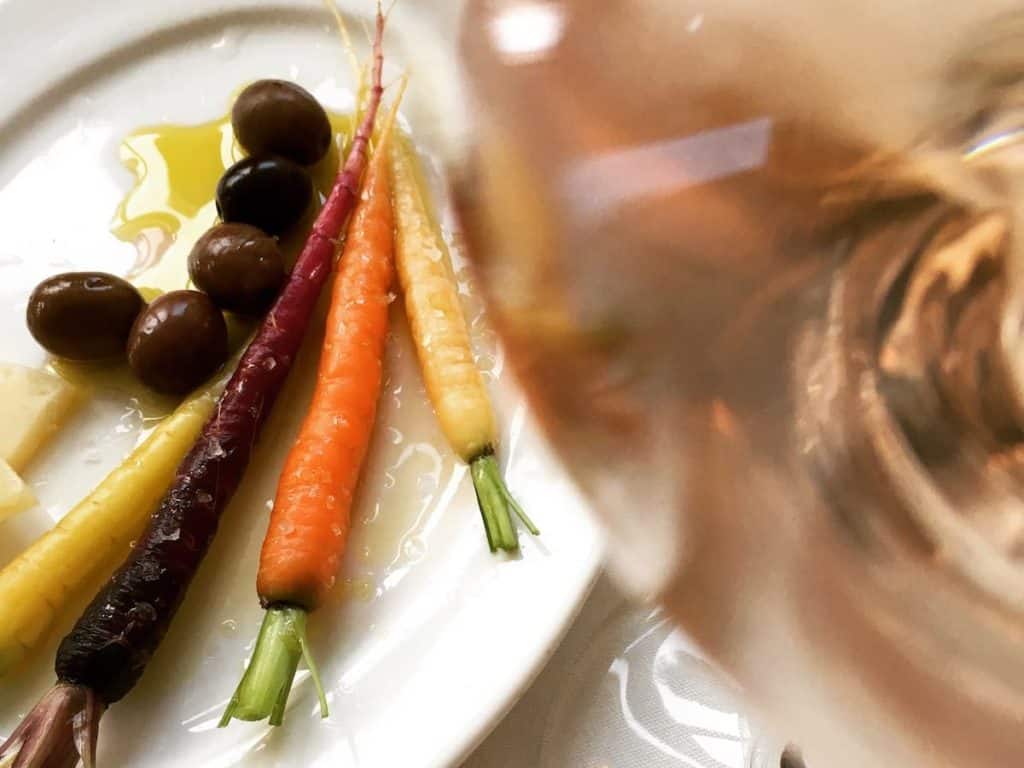
Rosé has as much significance as red or white wines in cooking. The more complex rosé wine is an interesting substitute for white wine and a lighter exchange for red wine. Rosé can turn a good celebration or get together into a memorable experience.
Rosé wine is often overlooked by the more established white wine or red wine. The following includes some great reasons you should cook with rosé wine or use it to make certain foods:
Rosé is Versatile and Unique
A dry or semi-dry rosé is typically a bit on the reserved side. However, it has a subtle fruity taste that is unmistakable. It also has the right balance of acidity, and it is a wine that can be paired easily with many different foods. It is perfect for get-togethers, and you can enjoy it with a nice cheese and fruit spread.
It is because rosé wine is more like white wine in cooking dishes, and it is also made from red grapes like red wine, that it is the perfect substitute for either wine. Many chefs who cook with rosé like to use a drier type and then adjust the sweetness based on whatever they cook.
You can also make delicious meat or fish sauces with rosé. Instead of using beef or chicken stock, you can add a generous splash of rosé to your dish—the aroma of rosé when cooking provides the senses with sheer delight.
Rosé Pairs Well with Desserts
Rosé is impeccable with desserts like poached pears or strawberry cheesecake. The fruit’s subtle dryness and soft kiss balance out the richness or sweetness of a great dessert. Some other desserts that pair well with rosé include:
- Lemon Bars
- Fruit Tart
- Berries and Whipped Cream
- Chocolate Lava Cake
You can even make great rosé-based desserts. You can take certain fruits and poach them in rosé wine with some sugar. Some of the fruits that are good to poach include:
- Apricots
- Plums
- Pears
You take a cup of sugar and two and a half cups of dry rosé wine. Add a teaspoon of vanilla and the skin of a lemon (Meyer lemon is preferable) and add a dash of salt.
Cut the fruit in half and take the pits out unless it is a pear, which does not have a pit. You would need to core the pear. You can use about twelve pieces of fruit.
Put everything into a pot except for fruit. Bring the liquid to a boil and then take it off the stove and let it stand for 15 minutes.
Place the pot back on the stove and put the fruit into the pot. Allow the fruit to poach or heat on medium. Let it simmer for about 10 minutes.
Let it cool, and then refrigerate with the liquid. You can put the poached fruit on vanilla ice cream or crumble cake. Enjoy with a nice glass of rosé.
Related Article: Fruits That Pair Best With Rosé Wines
Rosé Wine Has Similar Health Benefits as Red Wine
Some of rosés health benefits are similar to red wine. Rosé wine can improve cardiovascular health and contains an abundance of antioxidants. Some of the health benefits of rosé wine include:
- Raises HDL and lowers LDL cholesterol
- Decreases risk of heart disease or stroke
- Protects against inflammation
- Has antioxidants that protect against cancer
- It contains potassium, which lowers blood pressure
With a profile like this, it is easy to see that there are many health benefits to rosé wine. This wine is excellent for those eaters and drinkers who are health conscious. Recipes with rosé wine can be both delectable and nutritious.

All Rosés Are Different
Not all rosé wines are the same. In America, people typically drink rosé wine that is less floral and is made from the Pinot Noir grape. However, some people prefer their rosés to be sweeter, which means they are made from a grape like white zinfandel.
When you are cooking with rosé, you should elect to use a wine that fits your recipe. Consider the flavor and the essence of your recipe and how the wine would complement it. Read the recipe and figure out whether you need a sweet wine or a dry one.
As a general rule, when creating a meal, you should make your desserts with sweeter rosés and your main courses with dry rosés. Another good tip to remember is that when you are looking for a wine to cook, pick one with lower alcohol content, as they tend to be best when making a meal.
All rosés are different, and it is up to you to decide which ones will suit your cooking endeavors. While cooking, you may not commonly use rosé, but it is a great option.
You Can Swap White Wine for Rosé
Remember the story of Goldilocks? Some white wines are too sweet, others are too dry, while rosé wine is exactly right. Rosé works well in recipes that call for white wine because they add complexity to the dish.
Rosé goes great with many different foods, and it makes for a surprisingly good pairing with pasta and other Italian dishes. Nutritionists also suggest that rosé wine is a healthy substitute for white wine. It has a heart-healthy resveratrol content.
Rosé has antioxidants and polyphenols. However, it does not contain as much as red wine. Rosé is also relatively lower in calories, a bonus for those among the health conscious. It is one of the lowest-calorie alcoholic beverages available.
You Can Swap Red Wine for Rosé
If you make a sauce for fish or meats, you can easily substitute rosé for red wine. Rosé wine is made with red grapes. Rosé is a wise choice when you are cooking more abundant flavored fish. It reduces well and can be employed for a wide range of sauces in place of red wine.
If you want to be experimental with your sauce, try a bolder rosé in place of red wine. Rosé wine makes for an extraordinary middle flavor. It can satisfy the craving of even the pickiest wine connoisseur, which is why using it as a sauce is an excellent idea.
The structure of rosé is more balanced, as it is made with a combination of red and white grapes. You can even use rosé instead of red wine for salad dressing.
When making a great salad dressing using rosé wine, you can mix one part rosé and two parts oil. Add a tablespoon of Dijon mustard to give it a little spice. Enhance the flavor with a bit of agave nectar. Add a gentle squeeze of lemon and salt, and pepper. Enjoy!
Can You Substitute Rosé for White Wine in Risotto?
Risotto is lovely Italian rice that has a reputation for being romantic. Short grain rice is different from traditional rice because it is larger. The starch from the rice mixes with the liquid it is cooked with, and the starch makes it creamy.
There are several types of risotto. The most frequently used risotto is arborio. Some of the various kinds of risotto include:
- Arborio
- Carnaroli
- Maratelli
- Roma
- Vialone Nano
While risotto is usually made with white wine, rosé wine is the perfect substitute, especially when it is not too sweet. You can take rosé wine and combine it with sauteed shallots and garlic, add in about a cup of arborio rice. Cook it according to package directions, using the wine as part of the liquid.
Top it off with grated parmesan cheese and salt and pepper to taste, simply delicious! If you want, you can add some freshly cooked lobster meat to the mix for an elevated eating experience.
Another good idea for risotto with rosé is beets and goat cheese. You can sauté’ butter and shallots, then add the rice and sauté until it is coated with the butter, and it is then time to add the rosé. One cup is all you need because you will be adding chicken stock for your liquid.
Allow the wine to cook and evaporate, and then add your chicken stock. Go slow and do not add all the stock all at once, only two cups at a time.
While the rice is absorbing the stock, your attention should go to preparing the beets that have been cooked. Now is the time to puree them with some sour cream. Continue to cook the rice according to package directions until the liquid is absorbed and the rice is creamy.
Stir in the beets, which will produce a lovely pink color. Place chunks of goat cheese on top and add a few chives when served.
What Are the Best Rosé Wines to Cook With?
Below is a chart containing a few rosé wines good for cooking. After the chart, there is an explanation and where to buy.
| NAME OF WINE | WHERE IS THIS FROM | WHERE TO BUY | PRICE |
| Liquid Geography Rosado 2020™ | Spain | Wine.com | $ 15.99 |
| New Age Rosé™ | Argentina | Wine.com | $ 12.99 |
| Scarpetta Timido Brut Rosé™ | Italy | Wine.com | $ 18.99 |
| Broadbent Vinho Verde Rosé™ | Portugal | Wine.com | $ 8.99 |
Liquid Geography Rosado 2020™ is from Spain, and it is a dry wine. Splash it into your sauce to make unforgettable pizza. You could also use this delicious wine for chicken, salmon, and vegetable dishes.
New Age Rosé™ is from Argentina and is a sweeter rosé. If you want to poach pears, apricots, or plums, this wine is sweet and would provide the perfect poaching liquid to make your desert outstanding.
Scarpetta Timido Brut Rosé™ is the perfect wine to combine with your charcuterie plate or a sauce for grilled salmon. It is ideal for every occasion with its crisp, clean taste.
Broadbent Vinho Verde Rosé™ is from Portugal and would be the perfect addition to making your risotto. It will pair well with vegetables and meats and will be perfect for making your risotto memorable.
What Does the ‘Style’ of Rosé Mean?
There are many different types and styles of rosé. Rosé can be sweet or dry, and when you are cooking with rosé, it is essential to make the distinction. The following are the styles of rosé wine separated into two groups: sweet and dry. These are the grape varieties used for sweet rosé wine:
- White Zinfandel
- White Merlot
- Pink Moscato
- Tempranillo
Sangiovese wine is also sweet. It is nicknamed the sweet “blood of Jupiter.” Below are the grape varieties used for dry wine:
- Grenache
- Syrah
- Pinot Noir
- Tavel
Cabernet Sauvignon is made from sweet grapes. However, it is considered a dry wine because it has no residual sugar and a high level of tannins.
Fun Facts About Rosé Wine
Rosé wine has been enjoyed for a very long time, and here are some fun facts regarding this tasty wine.
- The longer the grape skins have contact with the wine, the darker the color of rosé it creates
- Rosé only costs $10 or $15 a bottle (and it is still good)
- Rosé wine is young and simple to make
- Rosé wine was the first wine ever created in 7000 BC
- The darker pink wines have a higher tannin level
- The classic rosé wine bottle is clear and curvy like a bowling pin
- Rosé is less popular because of its color (pink and girlish)
- Rosé sales far surpass white wine sales in France
Rosé is an appealing type of wine. It has been around for centuries and has quenched the thirst of many wine drinkers. Do not be fooled by its signature pink hue. It has the complexity and the body to complement a great meal, even more so than white or red wine.
Conclusion
Rosé can be an excellent substitute for white or red wine in food recipes. Rosé can make a lovely risotto, and you can use this wine to make sauces for fish and meat.
It makes for an incredible secret weapon in the kitchen. Feed your guests a truly wonderful recipe made with rosé wine, and you cannot go wrong.

